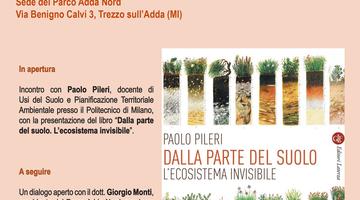The pilot focuses on examining how highway development affects land use, particularly through the expansion of urban areas, logistics hubs, and other infrastructure within the municipalities and natural parks it crosses. In this context, it addresses several key challenges:
Soil quantity: Managing land consumption and urban sprawl while identifying ways to prevent, mitigate, or compensate for soil sealing.
Soil erosion and landslides: Reducing risks that can have significant environmental and economic consequences.
Soil performance: Enhancing the soil’s ability to regulate water, buffer climate effects, and improve structure and habitat conditions to support biodiversity.
From a planning perspective, the project focuses on protecting biodiversity and restoring natural ecosystems while promoting sustainable economic development in rural areas. A crucial challenge is balancing agricultural needs with environmental conservation, particularly in regions with limited planning authority. Additionally, the pilot aims to:
Establish effective monitoring and reporting systems for soil sealing to ensure informed decision-making and long-term sustainability.
Develop strategies that minimize environmental impact while fostering responsible and sustainable land use planning.
Through this research, the pilot seeks to create solutions that support both ecological preservation and sustainable development.


